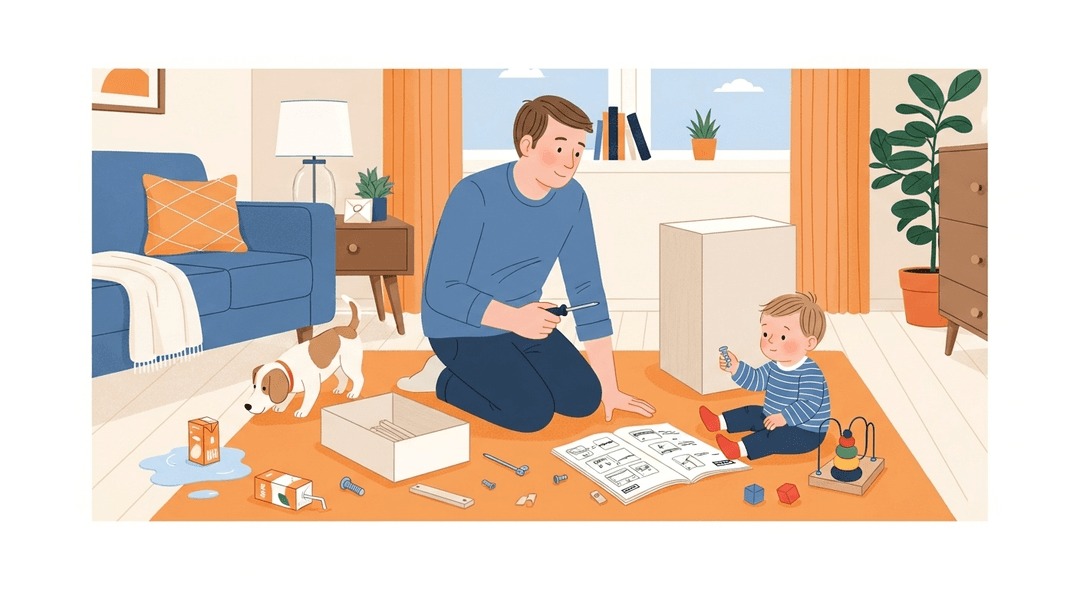Be a Positive Role Model for Handling Setbacks
Ever tried to assemble IKEA furniture with a toddler watching and realized you’re missing three screws and your dignity? That’s the vibe. This is about showing your kid how to bounce back when life hands you lemons, spilled juice, or a diaper blowout at the worst possible moment. If you’ve ever muttered 'well, that didn’t go as planned' while your child learns new words (the hard way), this chapter is for you.
Watching you handle setbacks with a sprinkle of optimism and a dash of 'let’s try again' teaches your kiddo that the world isn’t ending just because their block tower fell down. This builds their resilience, boosts their problem-solving brain circuits, and helps them develop emotional regulation. Plus, seeing you model calm(ish) responses to chaos makes it more likely they’ll try the same—eventually, after a few more dramatic floor flops.
How to do it
Narrate your mess-ups as they happen. For example, say:
"Oops! The spaghetti is now spaghetti soup. Let’s see how we can fix this."
This models how to acknowledge mistakes with humor and curiosity.
Take a breath (or five) before reacting. Exaggerate your sighs or make them silly to lighten the mood and show self-regulation.
Brainstorm solutions out loud, even if they’re a bit ridiculous. For instance:
"Should we eat cereal for dinner? Or invent a new pasta soup?"
This encourages creative thinking and problem-solving.
Celebrate tiny wins along the way. Maybe you found a clean fork or managed not to step on a block—acknowledge these small victories to keep spirits high.
If you lose your cool, circle back and show how you recover. You might say:
"I got frustrated, but I’m trying again."
This demonstrates resilience and the importance of trying again after setbacks.
Key Tips:
- Use humor and exaggeration to diffuse tension.
- Model self-compassion and flexibility.
- Involve others in brainstorming, even with silly ideas.
- Recognize and celebrate small successes.
- Show that it’s okay to make mistakes and recover from them.
